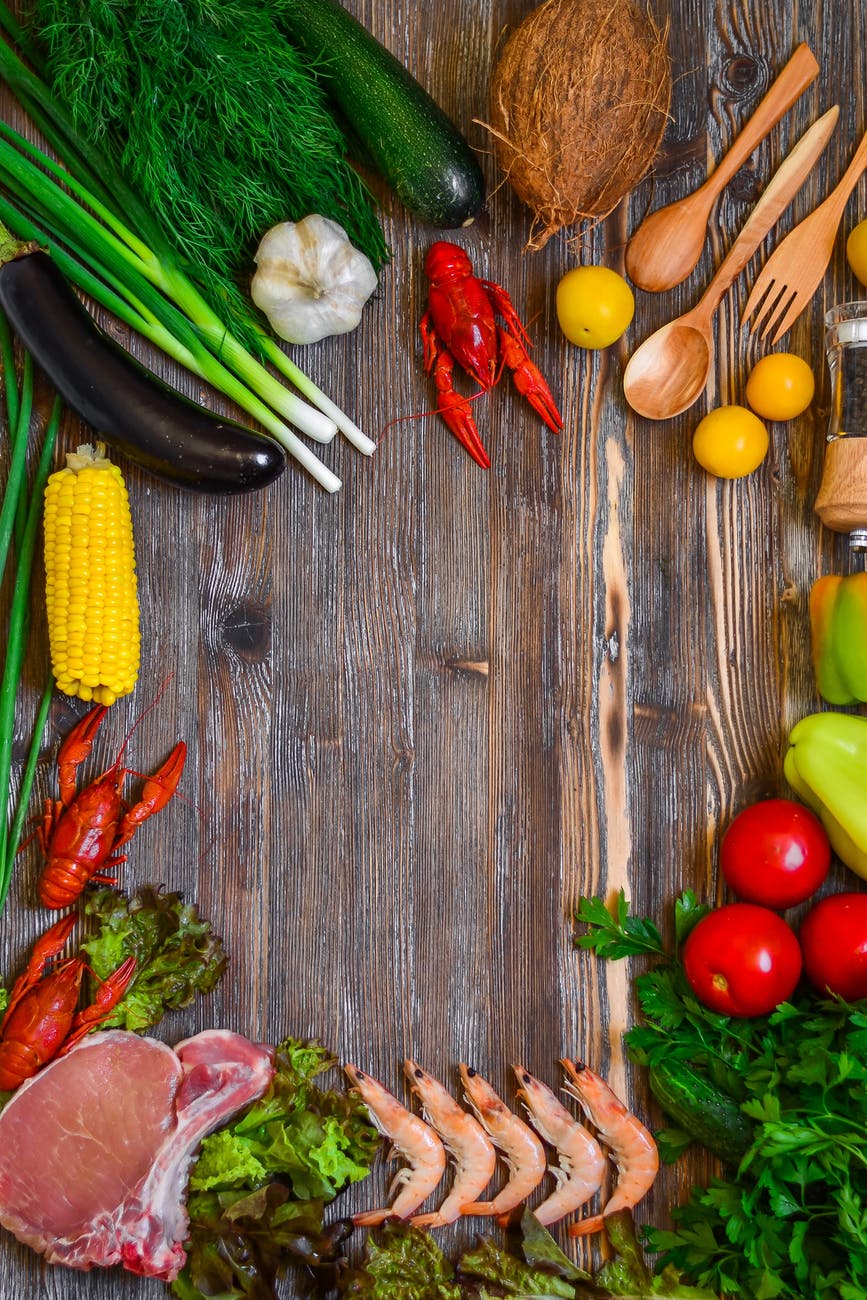Tag: natural
-

Toxic Food According to Ayurveda
Let’s differentiate between the food and the “Food like substances”!
-

Know thy food – Basic Ayurvedic Classification of Food
According to Ayurveda, the one who eats healthy food will never need any medicine; and the one who eats unhealthy food will never benefit from any medicine. Therefore it is important to know thy food!
-

Prakriti : Code of Body Physiology
Dosha governs the health patterns and susceptibility to diseases of a person. 3 Dosha Vata, Pitta and Kapha are like 3 legs of a tripod on which the health is based. Any of the legs is disturbed, the health gets imbalanced. In every person, there is a constitution based on the 3 Dosha, which is also…
-

5 Essential Yoga Poses for Rainy Season
Yoga poses which help in pacifying the Vata Dosha which is supposed to be vitiated during the rainy season.
-

Healthy recipes you must have this rainy season! : Part 1
The physiological shock that body receives due to seasonal changes cause seasonal joint pain, flu, body ache and a hoard of other diseases. Change in food habits and lifestyle can help prevent seasonal physiological shock to the body. This systematic change in food and lifestyle is called Ritucharya.
-

Use of Cloth during Periods : An Effective Diagnostic Tool
In earlier times, cloth was used for sanitary protection during the periods. But it serves as more than a sanitary protection; it is also a tool for prognosis of female reproduction and hormonal system disorders. There is a simple diagnostic test for the reproductive health of a lady, based on the type of blood stains…
-
Dhatu
Dhatu is something that holds or sustains (धारण करना), similar to anabolism (Building up process). Dhatu is a very important factor as it holds the life force and controls or steers the Dosha. Dhatu is like the hand that holds the steering wheel of Dosha, without which the wheel may throw the vehicle off track…
-
General Functions of Balanced Dosha:
सर्वशरीरचरास्तु वातपित्तश्लेष्माणः सर्वस्मिञ्छरीरे कुपिताकुपिताः शुभाशुभानि कुर्वन्ति- प्रकृतिभूताः शुभान्युपचयबलवर्णप्रसादादीनि, अशुभानि पुनर्विकृतिमापन्ना विकारसञ्ज्ञकानि||९|| uraḥ śiro grīvā parvāṇyāmāśayo medaśca śleṣmasthānāni, tatrāpyuro viśeṣesarvaśarīracarāstu vātaPittaśleṣmāṇaḥ sarvasmiñcharīre kupitākupitāḥ śubhāśubhāni kurvanti- prakṛtibhūtāḥ śubhānyupacayabalavarṇaprasādādīni, aśubhāni punarvikṛtimāpannā vikārasañjñakāni||9|| The normal (physiology) Dosha, in balanced condition, result in good health, Upachaya (body nourishment) Bal – improvement of strength and immunity Varna Prasad – improvement of…
-
Dosha
Dosha is something which has tendency to malaise or spoil. It can be understood as a factor of catabolism (breaking down process in the body) Also Dosha is a concept in itself. According to Ayurveda, there are 3 kinds of Dosha or body temperaments – Vata, Pitta and Khapha. It is said that as life…
